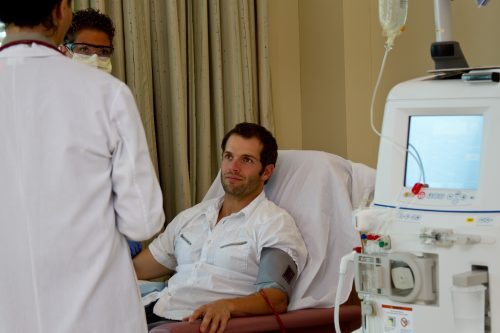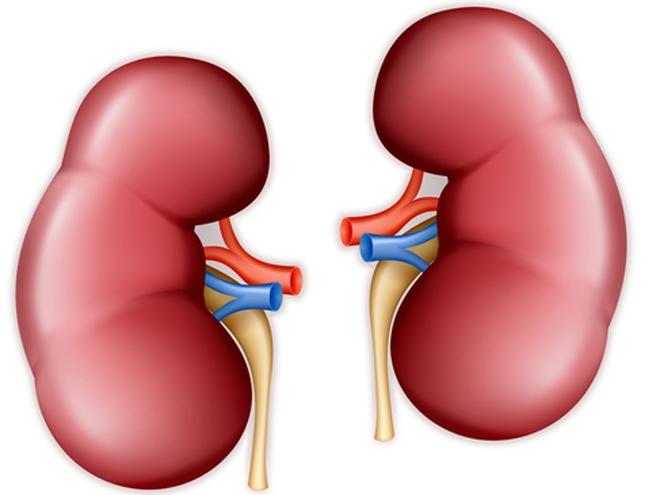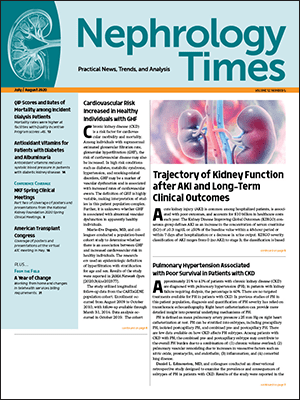
Jill Meyer, MD, of the California Institute of Renal Research, Chula Vista, California, presented results of a subanalysis of data from the clinical trial, An Open-Label Clinical Study to Assess the Performance of the Dialyzer with Endexo™ in End-Stage Renal Disease Subjects (NCT # 03536663), during the NKF 2020 Spring Clinical Meetings. Participants in the study were dialyzed with the Optiflux® F160NR dialyzer, followed by the new dialyzer with Endexo.
The presentation was titled Clinical Performance of the Optiflux F160NR Dialyzer. The subanalysis examined the safety and performance of the Optiflux F160NR dialyzer.
Study participants were patients who were prescribed hemodialysis three times per week for a minimum of 30 days at three study sites in the United States. The study period that included the Optiflux F160NR dialyzer included 12 hemodialysis treatments. Assessments of performance and safety in the subanalysis included urea reduction ratio (URR), single-pool Kt/V (spKt/V), serum albumin, and ß-2-microglobulin levels. Also included were removal rates measured prior to and following hemodialysis, complement activation, and adverse events.
A total of 26 patients were screened; of those, 23 were enrolled in the study. Median age was 64 years, 73.9% were female, and 73.9% were white. Overall, the study participants completed 268 hemodialysis treatments with the Optiflux F160NR dialyzer.
Of the 23 study participants, four discontinued the study, due to missed visits not related to adverse events. The remaining 19 participants completed all 12 hemodialysis treatments per study protocol (n=228 dialysis sessions). The mean duration of dialysis was 205.2 minutes, mean blood flow rate was 445.6 mL/min, mean dialysate flow rate was 695.0 mL/min, mean blood volume processed was 82.2 L, and mean ultrafiltration volume was 2255.8 mL.
There were no serious adverse events reported during the study period. Four participants reported at least one adverse event not related to the device.
For the measurements of interest, mean reported values were: 80.5% for URR; 1.9 for spKt/V; 47.1% for corrected ß-2-microblobulin removal rate; and a post-dialysis increase of 8.3% for serum albumin. Complement activation was measured prior to and 30 minutes after hemodialysis start and showed no overt activation for C3a, C5a, and sC5b-9.
In conclusion, the researchers said, “Hemodialysis treatments were well tolerated and URR and spKt/V were high with Optiflux F160NR dialyzer. Serum albumin levels increased post hemodialysis. Complements showed no overt activation.”
Source: Meyer J, Steer D, Weber D, et al. Clinical performance of the Optiflux® F160NR dialyzer. Abstract of a presentation at the National Kidney Foundation 2020 Spring Clinical Meetings; abstract #249.







 © 2025 Mashup Media, LLC, a Formedics Property. All Rights Reserved.
© 2025 Mashup Media, LLC, a Formedics Property. All Rights Reserved.